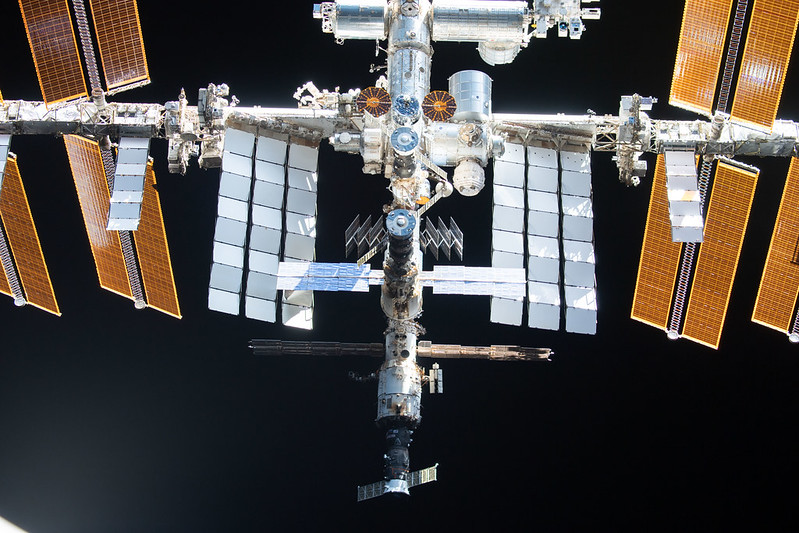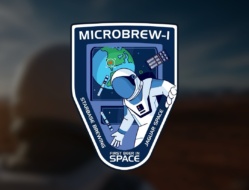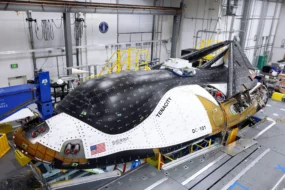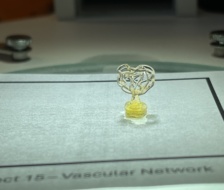Yesterday, the NASA Office of Inspector General (OIG) issued a report on the agency’s management of the ISS. OIG’s findings underscore the high stakes riding on success with the Commercial LEO Destinations (CLD) program.
- CLD will support the development of one or more private space stations that could replace the ISS once it is decommissioned and deorbited.
At a glance: The ISS costs $3B a year to operate. The outpost is showing its age: Maintenance and upgrade costs have climbed 35% from FY2016 to FY2020. Though operating the ISS comes at great expense, it also provides immense scientific, technological, and logistical value in space.
That isn’t lost on OIG. If the ISS goes offline before American astronauts and spacecraft have somewhere else to go, OIG’s report warns that:
- NASA would lose a gateway for deep space exploration.
- Scientific and technological missions would lose an on-orbit hub.
- Crewed trips to the moon and Mars would inevitably be delayed.
- A fledgling LEO commercial space economy “would likely collapse.”
Not to put too fine a point on it, but CLD “is crucial to avoid a gap in LEO access.” What risk factors make a gap more likely?
- Funding, or lack thereof. In FY2021, Congress authorized $17M in CLD funding, a fraction of the $150M requested by NASA.
- Module cracks and leaks point to ISS wear and tear happening faster than anticipated/modeled.
- Can companies field an ISS successor by the end of the decade? OIG isn’t so sure. Private ventures face “limited market demand, inadequate funding, unreliable cost estimates, and still-evolving requirements.”
All 👀 on: 1) The private ventures. A range of companies have floated proposals for private free-flying orbital outposts. 2) Congress. We’re curious to see whether OIG’s findings move the needle at all on Capitol Hill, with regards to CLD funding.
+ NASA’s POV: The OIG closes by recommending that NASA finish repairs before green-lighting an ISS life extension. NASA agrees on prioritizing fixes, but doesn’t think it should wait to make the call. That view seems most likely to prevail.




